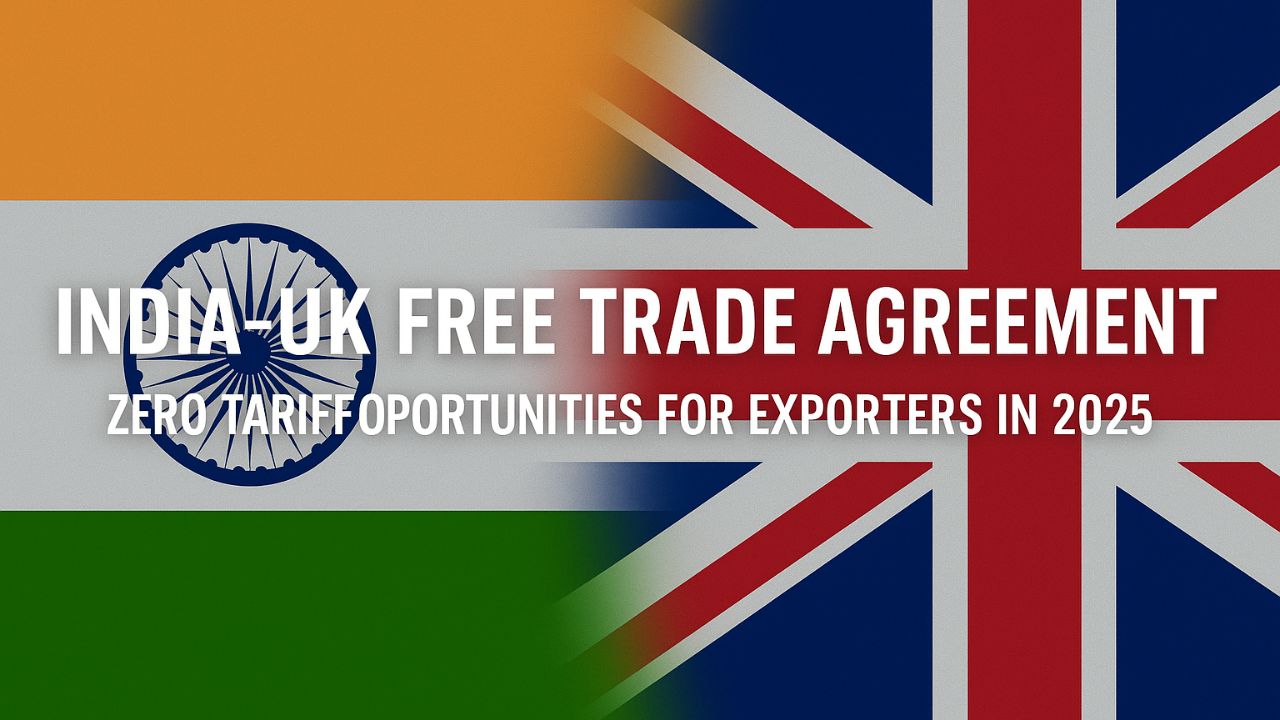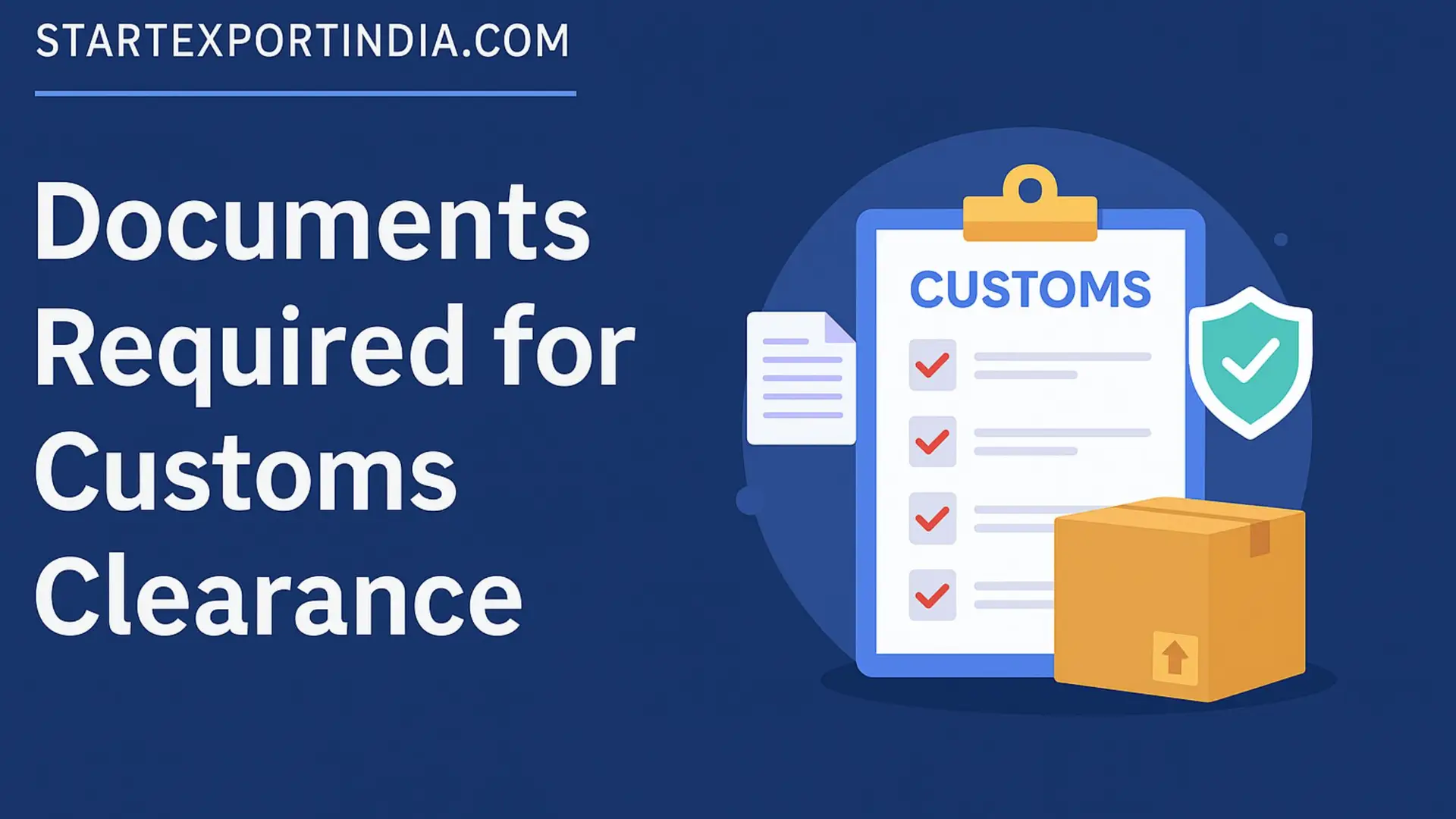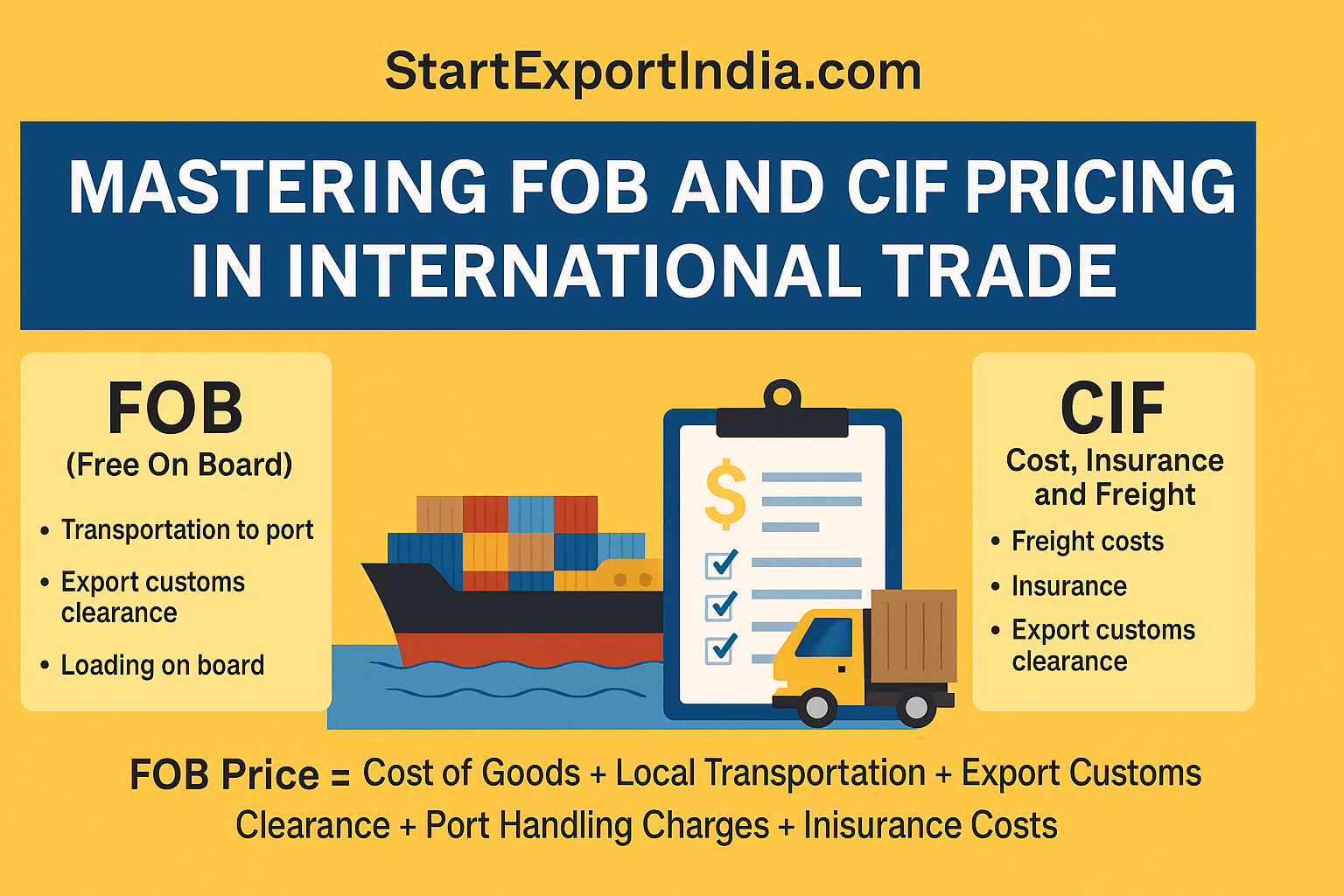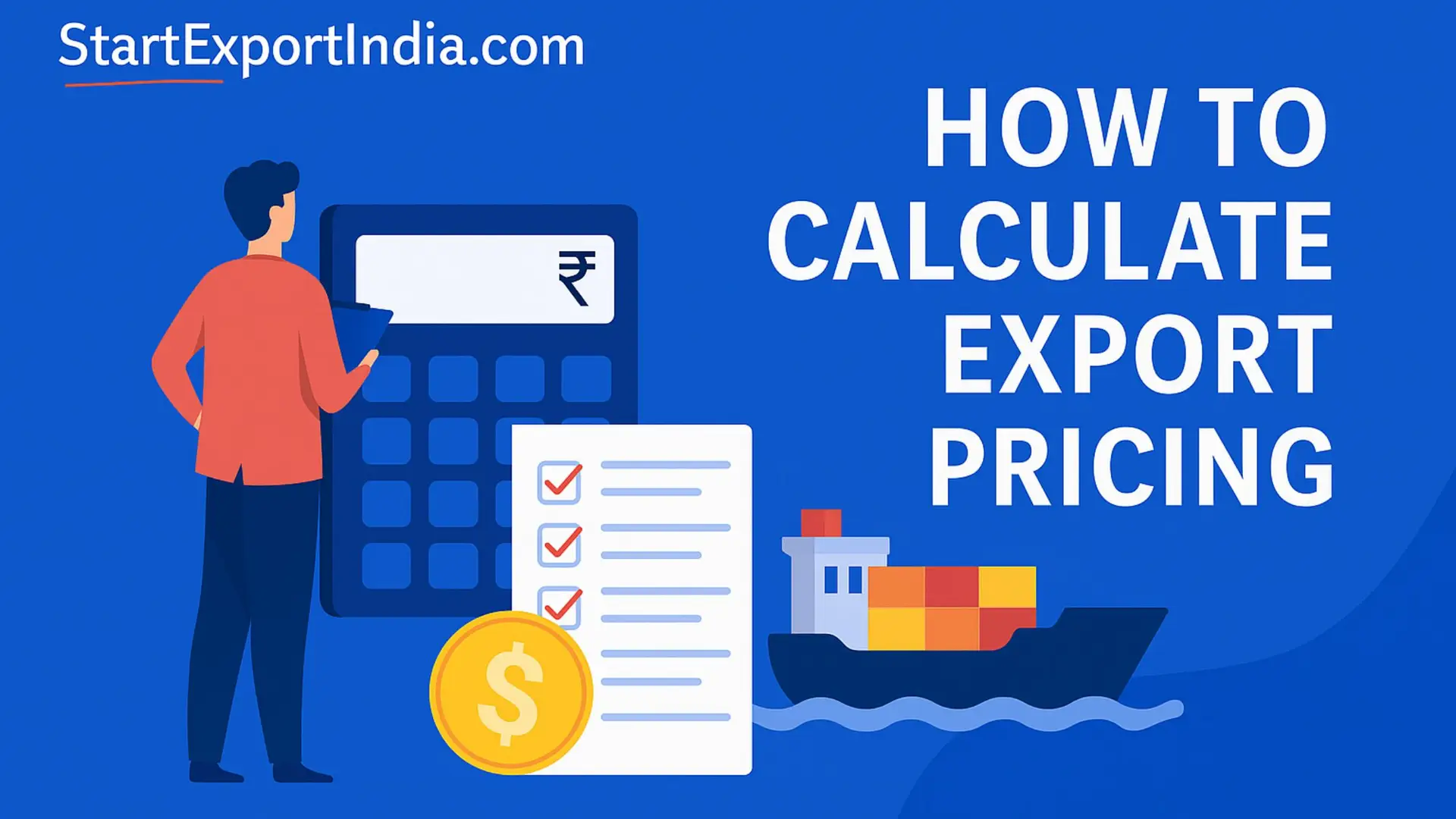- India-UK Free Trade Agreement: Zero Tariff Opportunities for Exporters in 2025
- What Is the India-UK FTA?
- Agricultural and Processed Foods: Over 99% Products at Zero Duty
- Industrial Goods: Massive Zero Tariff Gains
- What This Means for Indian Exporters
- How to Prepare for Exporting Under the FTA
- Challenges to Watch
- Conclusion
- Want to Start Exporting to the UK?
India-UK Free Trade Agreement: Zero Tariff Opportunities for Exporters in 2025
India-UK Free Trade Agreement: The recently signed Free Trade Agreement (FTA) between India and the United Kingdom marks a landmark moment for Indian exporters. As of 2025, thousands of products from India will now be exported to the UK at zero duty, making Indian goods significantly more competitive in the British market.
This blog explores the key sectors affected, the implications for Indian exporters, and how businesses can leverage these tariff eliminations to expand their global reach.
What Is the India-UK FTA?
The India-UK FTA is a comprehensive trade agreement designed to enhance bilateral trade by reducing or eliminating tariffs and non-tariff barriers. One of the most impactful elements of this agreement is the elimination of customs duties on a wide range of agricultural and industrial products.
With this deal, both countries aim to:
- Increase bilateral trade volume
- Promote job creation
- Strengthen economic cooperation
Agricultural and Processed Foods: Over 99% Products at Zero Duty
India’s strength in agricultural production and food processing makes this sector a prime beneficiary of the FTA. Here’s how it breaks down:
| Product Category | Previous Duty | Tariff Lines Now at Zero Duty |
|---|---|---|
| Animal Products | Up to 20% | 99.3% |
| Vegetable/Oil Products | Up to 20% | 99.8% |
| Processed Food | Up to 70% | 99.7% |
Opportunities:
- Exporters of ghee, pickles, frozen meats, pulses, edible oils, and Indian snacks can now access UK markets with lower landed costs.
- FMCG brands, organic food exporters, and agritech companies stand to gain immensely.
Industrial Goods: Massive Zero Tariff Gains
Industrial product manufacturers across multiple sectors can now export to the UK with zero customs duties.
Key Sectors and Their Duty Reduction:
| Sector | Previous Duty | New Tariff |
|---|---|---|
| Minerals | Up to 8% | 0% |
| Chemicals | Up to 8% | 0% |
| Plastic/Rubber | Up to 6% | 0% |
| Leather & Footwear | Up to 16% | 0% |
| Wood & Paper | Up to 10% | 0% |
| Textile & Clothing | Up to 12% | 0% |
| Headgear/Glass/Ceramics | Up to 12% | 0% |
| Gems & Jewellery | Up to 4% | 0% |
| Base Metals | Up to 10% | 0% |
| Mechanical Machinery | Up to 8% | 0% |
| Electrical Machinery | Up to 14% | 0% |
| Transport/Automobiles | Up to 18% | 0% |
| Instruments/Clocks | Up to 6% | 0% |
| Arms/Ammunition | Up to 2% | 0% |
| Furniture/Sports Goods | Up to 4% | 0% |
| Works of Art | 0% | 0% |
Opportunities:
- Textile and apparel exporters, particularly SMEs, can now undercut competitors from countries like Bangladesh or Vietnam.
- Automotive part suppliers and machinery manufacturers can enter the UK B2B space more affordably.
- Indian electronics and gems/jewelry exporters benefit from price competitiveness in high-value markets.

What This Means for Indian Exporters
1. Cost Advantage
Elimination of tariffs directly reduces the cost of Indian products in the UK, enabling better pricing strategies and higher profit margins.
2. New Market Access
Many Indian SMEs previously excluded from the UK market due to high tariff costs can now enter without a pricing disadvantage.
3. Expansion for Startups
FMCG startups, D2C brands, and emerging exporters can now consider the UK a gateway to Europe without excessive financial strain.
How to Prepare for Exporting Under the FTA
1. Update Export Product HS Codes
Ensure your product HS Codes fall under the tariff-eliminated list for smooth customs clearance and benefits.
2. Register with UK Buyers
Participate in B2B events, trade fairs, and virtual marketplaces to connect with new UK distributors and retailers.
3. Leverage Export Schemes
Use schemes like RoDTEP, TMA, and ECGC coverage in conjunction with the FTA to further maximize gains.
4. Compliance & Labelling
Follow UK regulatory standards, such as UKCA marking, food labeling requirements, and documentation mandates.
Challenges to Watch
- Non-Tariff Barriers: Despite zero tariffs, UK regulations on quality, labeling, and safety still apply.
- Currency Fluctuations: Keep an eye on INR-GBP exchange rates for accurate cost estimations.
- Logistics Planning: Explore cost-effective shipping options like LCL consolidation or air freight for light items.
Conclusion
The India-UK FTA opens new doors for Indian exporters across sectors. With zero tariffs on over 99% of agricultural and processed food products and complete elimination of duties on a wide range of industrial goods, Indian businesses can now expand globally like never before.
Now is the perfect time to rethink your export strategy, optimize your supply chain, and target the UK market.
Want to Start Exporting to the UK?
👉 Grab our ₹299 beginner-friendly guide: Start Exporting from India in Just 30 Days
Learn how to price your products, find UK buyers, manage shipping, and get paid securely.



